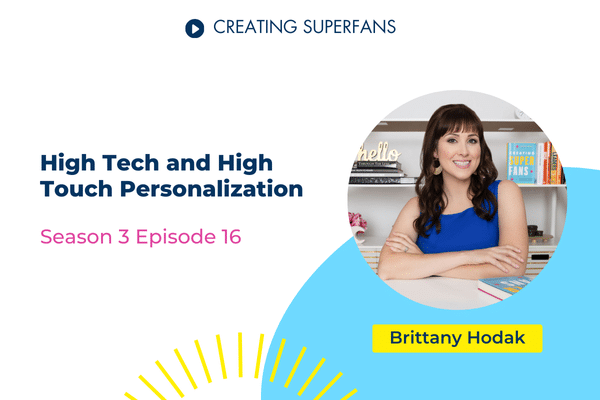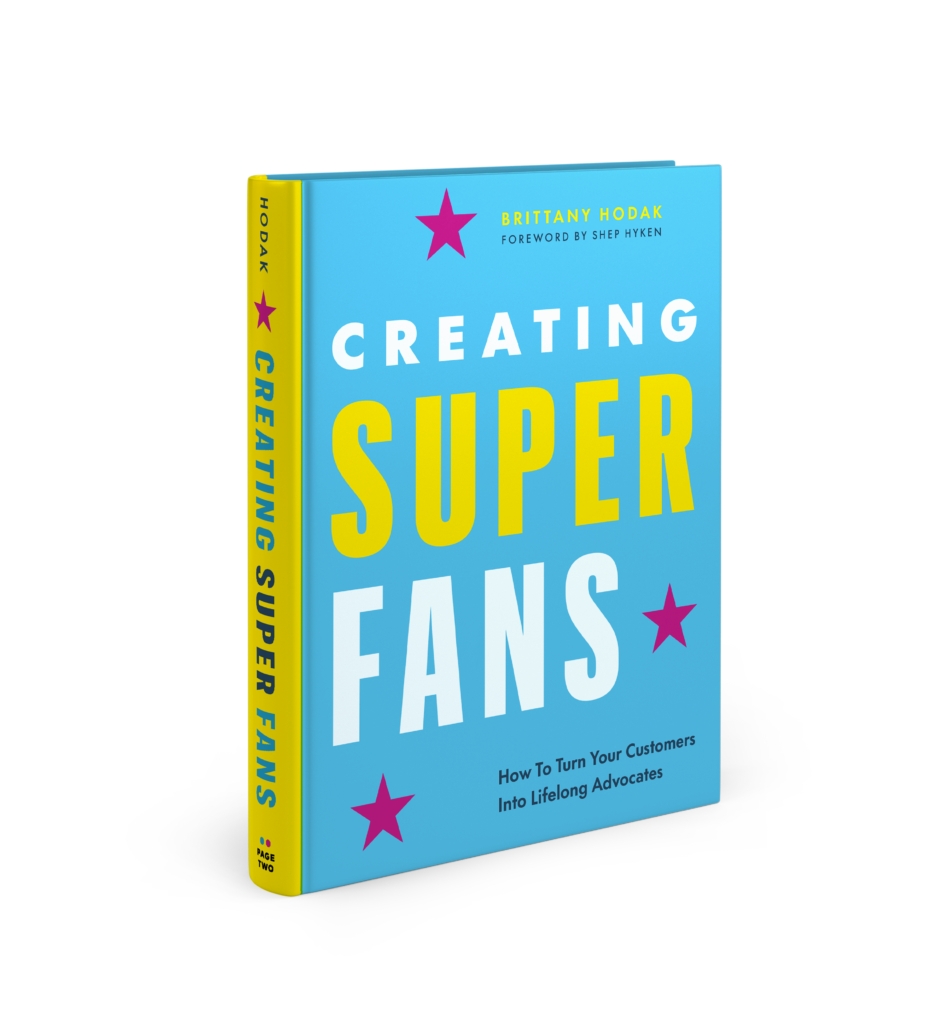In the world of online marketing, it’s likely that you’ve heard your fair share of buzzwords. One of these often-shared words is CX or customer experience. With more companies than ever before looking to stand out in a big way, CX has never been more important?
But what does it really mean? More importantly, how can you leverage customer experience to make your brand shine with each interaction?
In a post COVID19 world, a reported 59% of consumers care more about the customer experience than ever before when it comes to choosing which brands to support. This makes it the most important element when making purchase decisions today.
You’ve certainly seen online marketers and business gurus preaching the power of CX from their online platforms, but few businesses actually understand what this term means. In this guide, we’ll break down this term to uncover the reality of its definition, as well as why it should be the focus on your customer-first initiatives.
What does CX mean?
First, it’s essential that you understand what CX means. In simple terms, customer experience is the specific impression your customers have of your brand. This impression is earned throughout the entire buyer’s journey, from first learning about your brand to making a purchase.
There are so many different factors that impact your CX as a brand, but we can break it down into two basic parts: people and product. First, the interactions your customers have with the people of your brand (representatives, support, etc) must all be positive, helpful, and welcoming.
Next is your product or service. Does it perform well? Are customers blown away by how easy it is to use, or how simple the onboarding process is from start to finish? In other words, are they satisfied with their experience using/purchasing the product or service?
Together, these two factors (people and product) work together to impact the way people see your brand, whether they recommend you to others, and if you create lasting superfans.
An example of CX in real-life
Next, to see this in action, let’s look at a company that has mastered customer experience. Casper is one of the biggest players innovating the online mattress shopping space with both their product and their people.
They first succeed in having a high-quality product at a great value. With mattresses starting at $500, these are significantly more affordable than those found at big-name mattress stores. When paired with their top-notch reviews, it’s clear users are satisfied with the value (and convenience) of choosing a Casper mattress vs. one from a local mattress store.
However, as we know from the definition of CX, the product is only one side of the story. Luckily, Casper also excels with their people. With their on-page chatbox reading “Chat with a human,” their customers never have to worry about feeling like just a number on a screen.
With personalized care throughout each stage of the process, Casper revolutionized the mattress shopping industry by making it as simple as possible to get a mattress delivered right to your home. Creating superfans in the mattress industry is no easy task, yet that’s exactly what Casper does with their CX. (Bonus: It’s also why so many other online retailers are following their strategy.)
What is the difference between CX and customer service?
The terms “customer experience” and “customer service” are often thrown around interchangeably, but they’re actually referring to different things. Customer service is one piece of the bigger customer experience puzzle, but it’s not the only piece.
To explain further, customer service is when a brand representative provides assistance and advice to the customer for the product or service. Outstanding customer service requires knowledge about the product, patience, empathy, and tenacity. It also means being personalized and authentic during customer interactions rather than treating these as merely support tickets.
Customer experience, on the other hand, refers to the more broad journey the customer takes from the first interaction to the final purchase. It’s all of the smaller moments between the customer and the business. The product and the people, remember?
While customer service is essential for your customer experience strategy, it’s merely one part of the bigger whole. A big-picture approach is a must if you hope to create stronger relationships.
Why does CX matter?
If you fail to invest in CX, it’s much more difficult to grow your business. Simply put, your customer experience helps you do all of the following:
- Build brand loyalty (ie. superfans)
- Encourage positive reviews and word-of-mouth referrals
- Stand out from the competition
- Charge more for products and services
Your customers are looking at your customer experience more than ever before. Creating positive, exceptional interactions is the only way to supercharge your business and stay ready for the future.
Bad CX can severely damage your reputation.
One of the first reasons CX matters is because it’s at the foundation of your reputation. A study from the Harvard Business Review showed that for customers who had a good experience with a subscription-based business, there was a 74% chance that they would stay a member for a full year. On the other hand, those with a negative experience were only 43% likely to maintain their membership.
If your customers consistently have bad experiences with your brand, this isn’t something they usually keep to themselves. Thanks to the internet, people are more vocal about both positive and negative experiences than ever before. The wrong interactions leave a bad impression, and this impression can spread.
Some industries are actually known for bad customer experience. These are:
- TV/Internet service providers
- Health insurance
- Car rental
- Auto dealers
- Airlines
With a reported 17% of customers citing a bad experience with TV/internet providers in a 6 month period, there is a lot of room for industry growth. It’s easy to see how, after years of poor CX, these industries harmed their overall reputation.
Good CX encourages people to become regular customers.
While bad customer experience has negative consequences, good customer experience has a huge payoff. When people have a positive experience, they like to talk about it. From sharing online reviews to talking to friends and family, these small interactions add up.
Let’s look at another real-world example to see how a brand uses CX to encourage repeat, loyal customers. Airbnb is the leading vacation rental in the world, though it started as nothing more than two guys sharing an expensive apartment (that they couldn’t afford) in San Francisco.
These men recognized that travel was expensive, especially in pricey cities. By creating a platform that offers a safe alternative to those looking for an out-of-the-box experience, they created a community of travelers and hosts alike.
Today, Airbnb continues to stand out by perfecting the entire customer experience from start to finish for both guests and hosts. With a personalized website that guides users through the booking process, as well as easy-to-access assistance if the guest has any problems during the stay, they’ve mastered both the product and the people.
With this in mind, it’s clear why Airbnb has over 150 million users worldwide. Those looking for unique travel experiences and a better value trust Airbnb more than other travel websites, and that’s the definition of a positive customer experience.
Exceptional CX can allow you to charge more for products or services.
Last but not least, providing excellent CX actually earns you more money. It’s true, a reported 86% of buyers will pay more for a great customer experience.
You can likely think of countless times you’ve paid more for a better experience. Whether you shopped at a nicer grocery store known for its attention to service or you chose a higher-cost product based on positive reviews, this is customer experience in action.
To understand why customers might pay more for a better experience overall, look at the hospitality giant Walt Disney World Resort. This is a brand that practically wrote the book on customer experience. Though it’s true families can save money by traveling to a smaller resort or planning their own travel itinerary, many continue to pay more simply for the comfort and trust that comes from a Disney Vacation.
Not only is the booking process as seamless as selecting a package on the website, but there are dedicated booking agents via phone, email, or even text to help families design the perfect vacation. Beyond that, Walt Disney World boasts above-and-beyond customer service within the theme parks, from hotel check-in to dining experiences. One might venture to say it’s particularly magical.
To look at the numbers, the average cost for a Disney World vacation for a small family is between $5,000 and $7,000 for a 5-night stay. The average family of 4 spends around $2,000 for a typical vacation, meaning Disney World is using something stronger than pixie dust to entice that kind of upsell.
Again, it all comes down to creating a worthwhile, exceptional experience. This is what brings guests of all ages coming back to Disney World each year despite the high price tag, and it’s the same strategy you can use for your own brand.
Welcome to the Customer Era
Ultimately, we’re in a new customer-first era when it comes to business. Thanks to the internet, brands no longer exist in a vacuum. It’s now necessary to compete not only with big-name providers but also those who are all-hands-on-deck with their customer service.
As you can see, CX is here to stay. When you build real trust with customers, you’re on your way to making superfans who continue to support your brand for years to come. Lastly, the customer experience isn’t something that’s one-and-done. It’s an ongoing strategy for creating lasting, memorable experiences that form true relationships.





